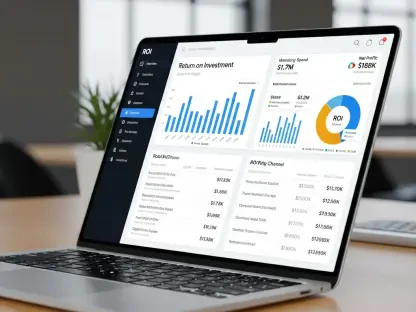The e-Commerce sector in the United States has experienced remarkable growth, with sales in the first quarter of 2023 reaching $272.6 billion. These figures, adjusted for seasonal variation, but not for price changes, represent a 3.0 percent increase (±0.7%) compared to the fourth quarter of 2022, according to the Department of Commerce. The total retail sales for the same period were estimated at $1,799.5 billion, a 0.9 percent increase (±0.4%) from the fourth quarter of 2022. Moreover, data shows that Q1 e-Commerce sales increased by 7.8 percent (±1.6%), compared to the first quarter of 2022, while total retail sales grew by 3.4 percent (±0.4%).
According to Digital Commerce 360, these promising figures suggest that 2023 has the potential to be another year of record-breaking e-Commerce growth. In February, the website reported that the total e-Commerce sales figure for 2022 surpassed $1.03 trillion, marking the first time that e-Commerce revenue surpassed the $1 trillion threshold. However, despite these positive trends, e-Commerce penetration only increased by half a percentage point in Q1 2023 due to ongoing challenges plaguing the US economy. From the persistent conflict in Ukraine to the difficulties in reaching a debt ceiling agreement, these issues have the potential to disrupt the e-Commerce industry.
Online Retailers Can Boost Sales This Year
Although the economic landscape remains unpredictable, the current upward trend of online sales should encourage online retailers to consider new ways of enhancing their sales and profitability. According to McKinsey, a substantial transformation is necessary to elevate the e-Commerce experience. Online retailers should strive to become indispensable to their customers. They can achieve this by adopting a significantly deeper level of engagement, both online and offline. However, accomplishing this ambitious goal is not easy, and requires placing digitally-driven commerce at the heart of organizations, enabling them to orchestrate experiences that consistently exceed the customers’ ever-increasing expectations.
This new horizon of e-Commerce is also known as NeXT commerce. According to McKinsey, it relies on the convergence of six global forces that are now putting pressure on traditional business models. These forces are:
- e-Commerce growth;
- dynamic customer behaviors;
- ever-increasing expectations among customers;
- the emergence of new technologies;
- less forgiving capital market expectations;
- competitive pressures.
While e-Commerce growth has been demonstrated by the figures provided by the Department of Commerce, the impact of dynamic customer behaviors and their escalating expectations have become increasingly more pronounced during the COVID-19 pandemic. Likewise, the significance of adopting new technologies in the e-Commerce landscape is undeniable. However, understanding the implications of the last two forces requires closer examination.
Understanding the Pressures in e-Commerce
To optimize their sales and profits this year, online retailers should familiarize themselves with the less forgiving capital market expectations and the prevailing competitive pressures in the e-Commerce sector. In fact, McKinsey’s analysis demonstrates that the industry’s current approach is unsustainable for numerous organizations, especially consumer businesses. Surprisingly, despite the growing share of e-Commerce in overall retail sales, approximately 75% of retailers experienced negative EBIT margin growth.
Equally concerning is the continued rise of competitive pressures in e-Commerce. The McKinsey analysis shows that both B2B and B2C organizations are now facing significant competitive forces. Firstly, companies that usually invest in digital solutions for user data collection are now moving to new markets, and e-Commerce is no exception. Moreover, start-ups are entering the industry, and their innovative strategies could become a threat to traditional online retailers. To sum up, not only could traditional business models become unsustainable in e-Commerce, but the advent of innovative competitors could further exacerbate the situation. This is precisely why online retailers should focus on transforming their e-Commerce business models into NeXT commerce business models.
In Closing
Although US e-Commerce sales are on the rise, online retailers cannot rely solely on this upward trend to boost their sales and increase profits this year. As e-Commerce continues to grow and evolve, it paves the way for NeXT commerce and emerging business strategies. Only by understanding the six global forces that are now putting pressure on traditional business approaches and by adopting the new models that are already reshaping e-Commerce can online retailers ensure they will drive growth this year.









